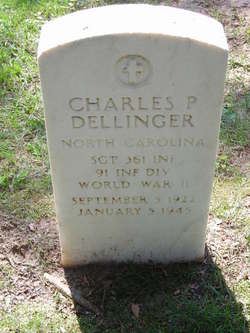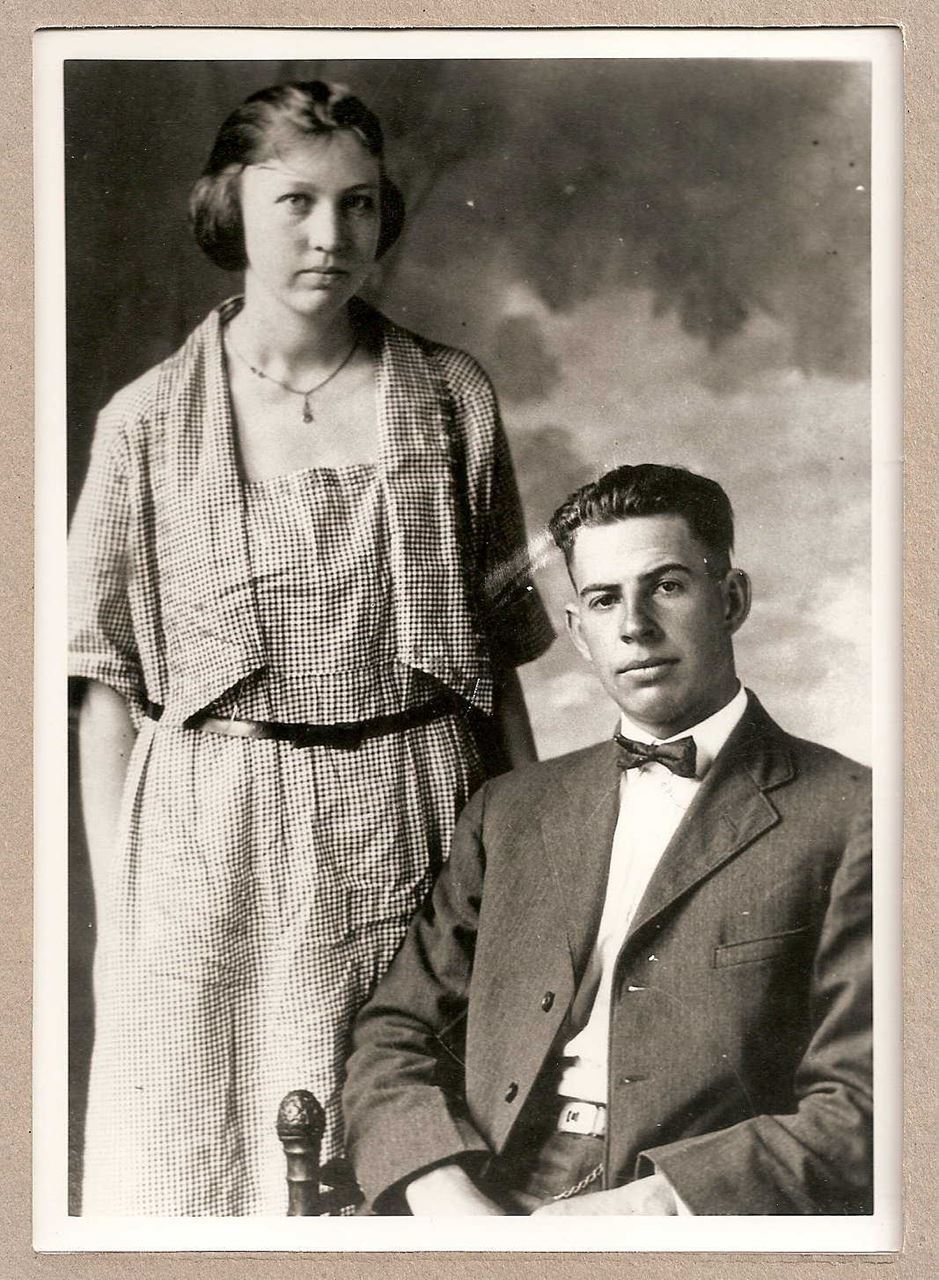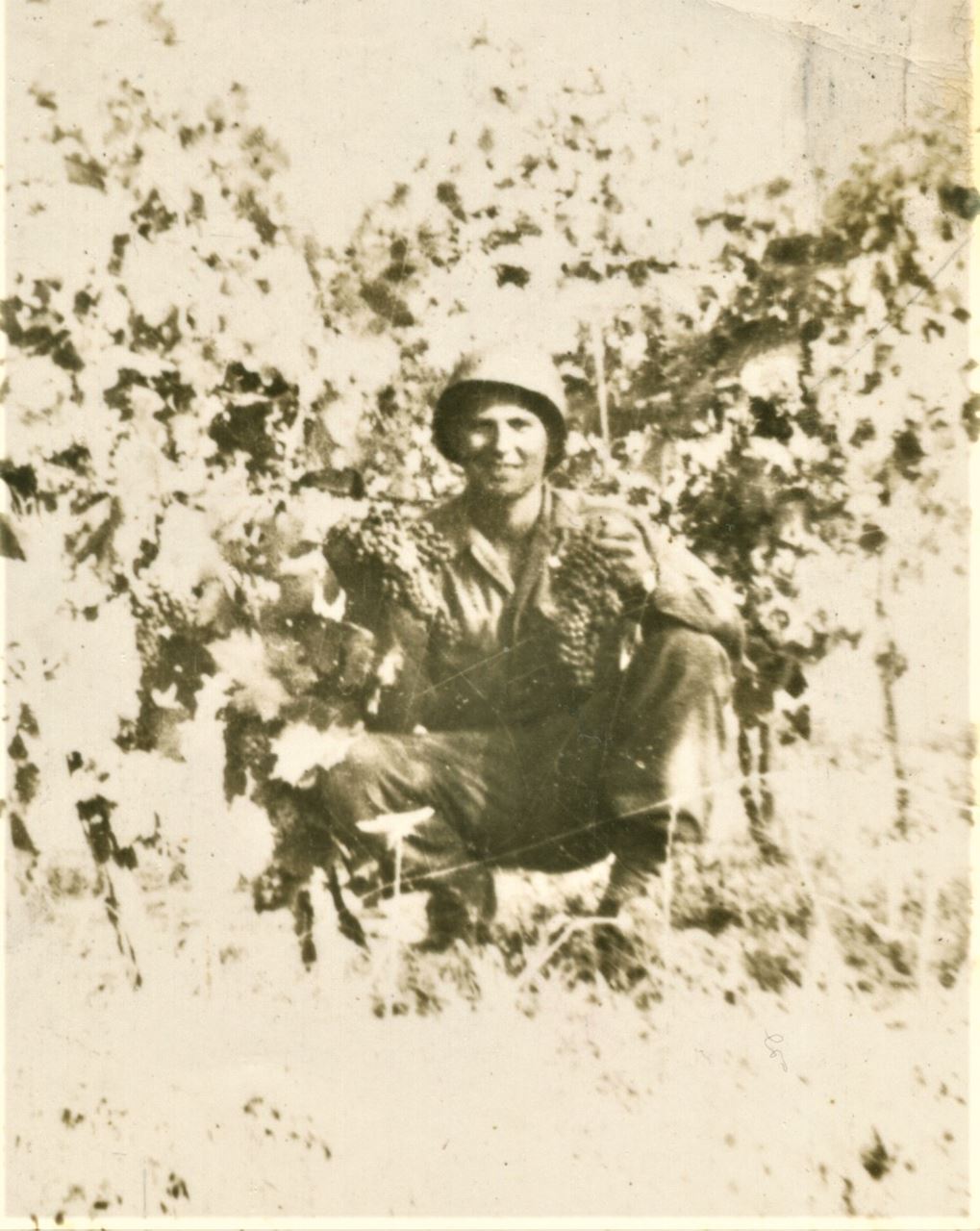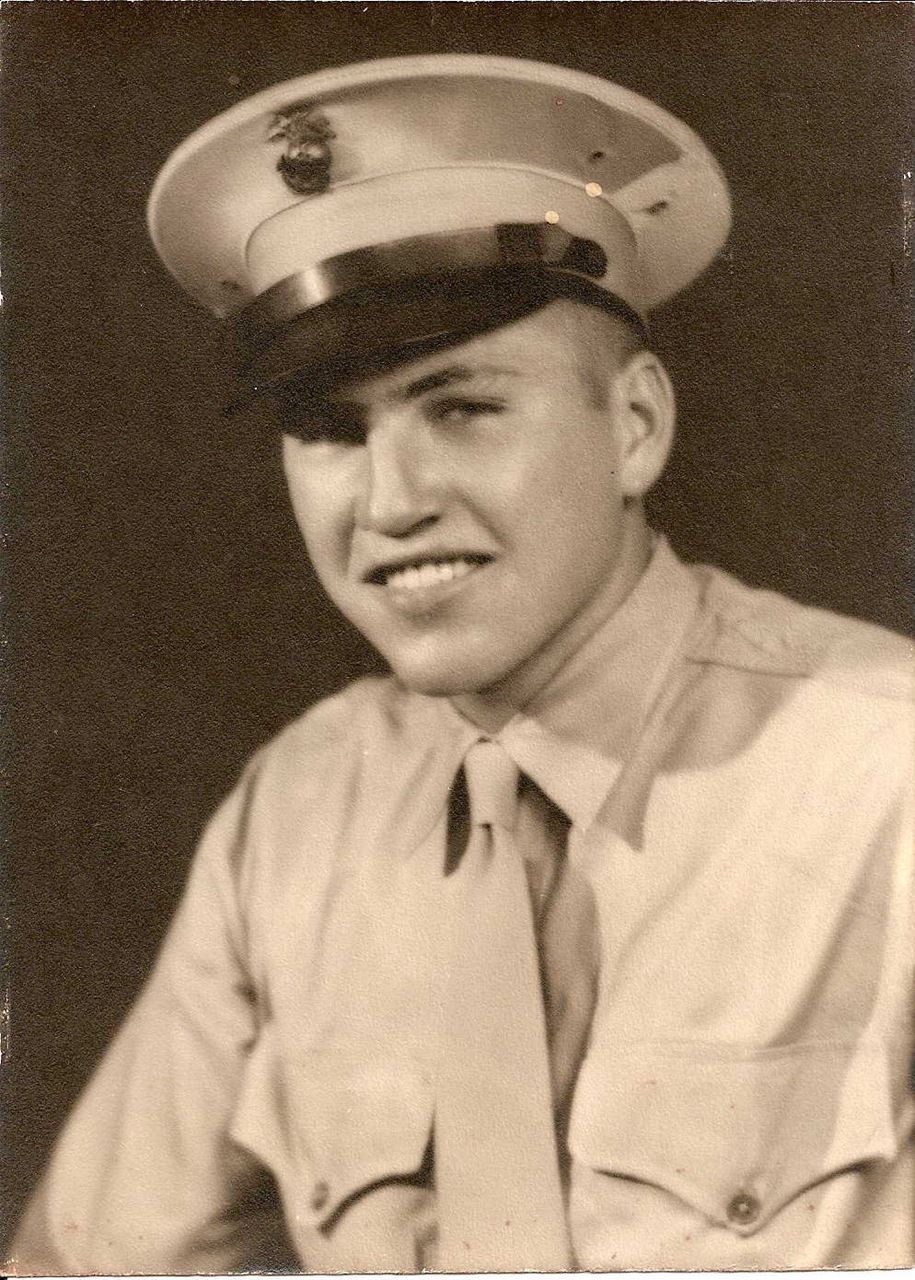

It’s the autumn of 1937. A boy is walking through woods on the outskirts of Cary and comes upon a long-abandoned cemetery. He pauses long enough to etch his name into the stone obelisk – Charles Dellinger, 11/2/37, age 15.
Fast forward to 2020. The abandoned cemetery is White Plains Cemetery, the burial ground of the Revolutionary War Patriot, Nathaniel Jones. It is now a well-cared for historic site within the town limits of Cary and is surrounded by a housing development. Olivia Loyack, a young lady who lives next door to the cemetery, takes an interest in the etching and uncovers one of the untold stories of an “old Cary” family, their connection to the Revolutionary War, and their sacrifices during World War II.
 The Dellinger family was originally from Lincoln County, NC. Henry Dellinger fought in the American Revolution along with his brother, who had signed the Tryon Resolves in 1775. Several generations later, a descendant, Charlie Lee Dellinger, a railroad employee who worked in Greenville, SC, met and married a local Greenwood SC girl, Ella Pinson. After living and working in Hamlet, NC, a railroad hub, the family moved to Cary with the railroad in the late 1920s. They settled near Ephesus Baptist Church, where Charlie, along with his railroad position, worked as a custodian and cemetery caretaker. Over the years the family grew to include children Charles, Howard, Frances, Eugene, Katherine, Ruth, and Cecil.
The Dellinger family was originally from Lincoln County, NC. Henry Dellinger fought in the American Revolution along with his brother, who had signed the Tryon Resolves in 1775. Several generations later, a descendant, Charlie Lee Dellinger, a railroad employee who worked in Greenville, SC, met and married a local Greenwood SC girl, Ella Pinson. After living and working in Hamlet, NC, a railroad hub, the family moved to Cary with the railroad in the late 1920s. They settled near Ephesus Baptist Church, where Charlie, along with his railroad position, worked as a custodian and cemetery caretaker. Over the years the family grew to include children Charles, Howard, Frances, Eugene, Katherine, Ruth, and Cecil.
Charlie Lee had a patriotic spirit. At age 16, he attempted to volunteer for World War I, but was declined due to his young age. Years later, he attempted to volunteer for World War II after Pearl Harbor was bombed, but was declined again due to his older age and seven children. In raising his children, he passed on his love  of country. His oldest child, Charles went to Baltimore after graduating from Cary High School to work for Martin Aircraft. After several deferrals due to his important work for the aircraft industry, he entered the Army in 1943. After training, he was assigned to Italy. In letters that his mother saved and are now treasured by family, Charles wrote home for two specific items: his camera and the book “Rules of Baseball” which speaks of his love for the All-American game. Charles and his brother Howard were talented baseball players, and the family story is that Charles and Howard were pulled out of grade school at Mount Vernon to pitch games for Cary High School! Along with Charles’ letters, the family also has the photos Charles took with his camera in Italy. During fighting in the fall of 1944, Charles was injured and was given the option to return home or rejoin his unit. He returned to his unit, but was killed on January 5, 1945 as American forces broke through “The Gothic Line” on their march to Florence. He was 22.
of country. His oldest child, Charles went to Baltimore after graduating from Cary High School to work for Martin Aircraft. After several deferrals due to his important work for the aircraft industry, he entered the Army in 1943. After training, he was assigned to Italy. In letters that his mother saved and are now treasured by family, Charles wrote home for two specific items: his camera and the book “Rules of Baseball” which speaks of his love for the All-American game. Charles and his brother Howard were talented baseball players, and the family story is that Charles and Howard were pulled out of grade school at Mount Vernon to pitch games for Cary High School! Along with Charles’ letters, the family also has the photos Charles took with his camera in Italy. During fighting in the fall of 1944, Charles was injured and was given the option to return home or rejoin his unit. He returned to his unit, but was killed on January 5, 1945 as American forces broke through “The Gothic Line” on their march to Florence. He was 22.
 The story continues. The second Dellinger son, Howard, enlisted in the US Marine Corps in 1943. He suffered from high blood pressure so it took several attempts to pass the physical to enlist! After training at Parris Island and Quantico, he was assigned to Okinawa where he was killed in fighting, just a few short months after his older brother Charles, on June 5, 1945, after US forces had officially captured the island. The three remaining sons, Frances, Eugene and Cecil followed their brothers by serving in the military, and with their two sisters, Katherine and Ruth, lived long, successful lives.
The story continues. The second Dellinger son, Howard, enlisted in the US Marine Corps in 1943. He suffered from high blood pressure so it took several attempts to pass the physical to enlist! After training at Parris Island and Quantico, he was assigned to Okinawa where he was killed in fighting, just a few short months after his older brother Charles, on June 5, 1945, after US forces had officially captured the island. The three remaining sons, Frances, Eugene and Cecil followed their brothers by serving in the military, and with their two sisters, Katherine and Ruth, lived long, successful lives.
The Dellingers, descendants of a Revolutionary War Patriot…a family with a great love for country…paying the supreme sacrifice for the freedom we enjoy today…their story unearthed through graffiti on the obelisk marking the burial spot of another Revolutionary War Patriot. The story has come full circle.
Author's note: A special thank you to Jane Wydra, niece of Charles and Howard Dellinger who supplied valuable details in a phone interview with Carla Michaels and to Charles and Howard’s siblings, Ruth and Cecil, who kindly gave permission to use family photos in this article.
